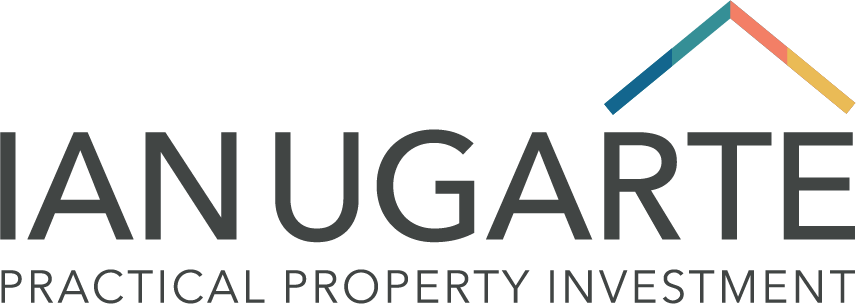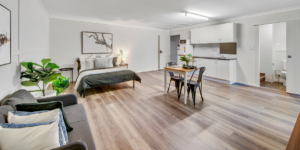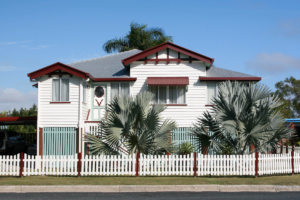I don’t think much of greenfields house and land packages as an investment. In fact, I’ve ranted and raved against it for a while now. However… when it’s a house-and-land package designed specifically for co-living, in the right location, as a cashflow investment – that’s a different story.
What do I mean by greenfields estates?
That’s where a developer buys a piece of farmland and gets approval to put the smallest-size blocks possible on that property. Then they put in the roads and infrastructure and build the largest-size houses they can on those small blocks, so they can sell them to unsuspecting investors.
Here are my three main reasons for not investing in these kinds of estates.
Reason #1: Positive – really?
The salesperson on the estate will tell you it’s a cashflow positive outcome – after negative gearing and depreciation. What that means is you’re actually making a loss first, then you get your tax back. And even then, that’s only referring to the 80% loan you used to buy the property.
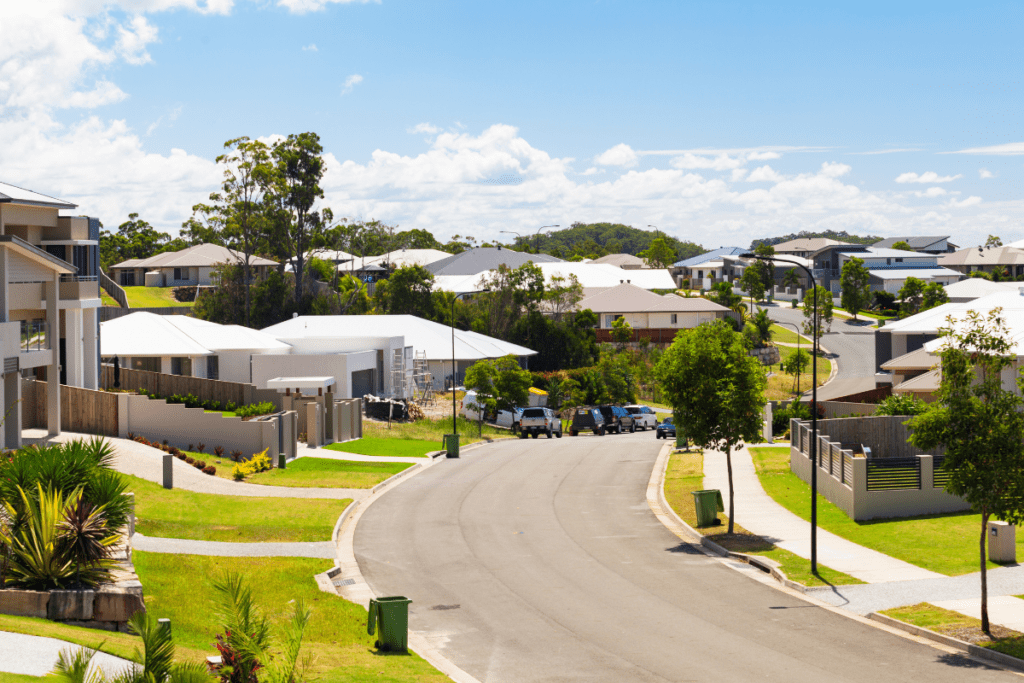
What about the 20% deposit you’ve put down, and the additional 6% you’ve paid in costs, which in most cases is funded by equity in your home or another investment property? So the house-and-land package is not only negatively geared, but the interest on 26% of the purchase price is impacting another property in your portfolio. So really, it’s negative cash flow.
And that depreciation you claim from the government – the decrease in value of the bricks and mortar in the property? What you might not realise is, that gets added to your capital base cost when you eventually sell the property. So what you’re actually getting is a short-term loan from the government which you pay back later.
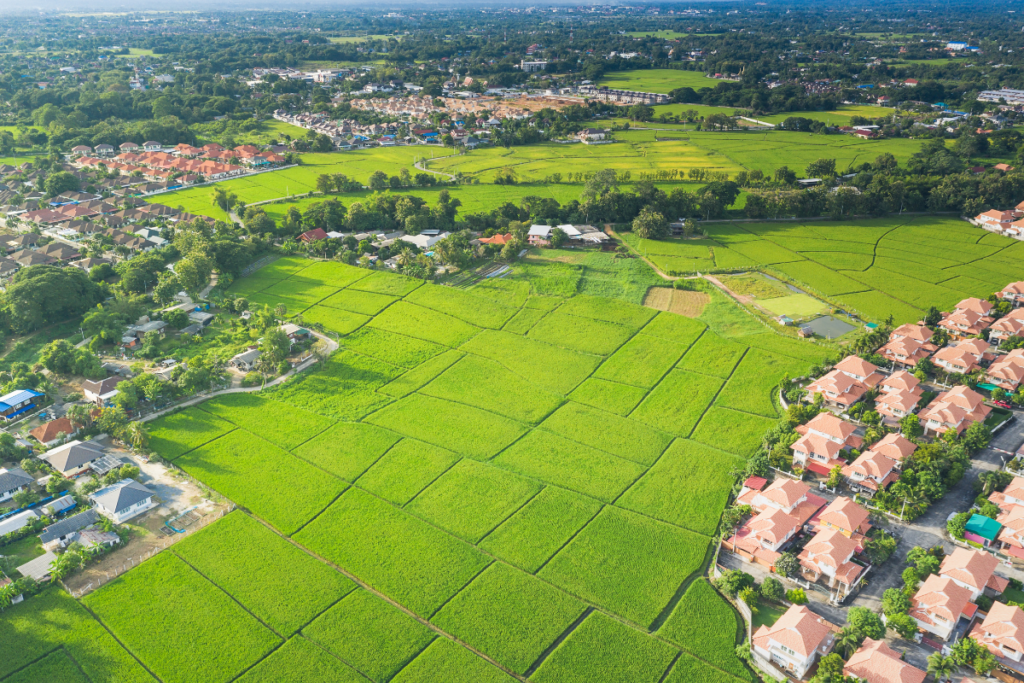
Reason #2: Where there’s farmland, there’s usually more farmland
The capital value of a property is not measured by the dwelling that sits on top of the land, which is actually depreciating. It’s the land itself that goes up in value.
That’s why, if I buy something in Sydney for $1M today, it’s going to be worth $2M in 10 years’ time, regardless of what I do to the bricks and mortar that sits on the land. The scarcity of land in Sydney makes the prices go up.
But if you’re buying into greenfields in the middle of more farmland, there’s no scarcity. It’s very possible, even likely, there will be more stages. If there’s another 20,000 lots to come in the next 10 years, the chances of you getting an uplift in capital value of your property is low.
Reason #3: Artificial price points
Here’s how it works. The builder or developer builds a display home at top spec. Say it’s worth $400,000. But they sell it to an investor at $450,000 with a $50,000 cash back at settlement, and that’s written into the contract. When the valuer comes in, they value the property at $400,000 but the contract price is $450,000.
Eventually, someone buys one of these properties at $450,000, negatively gears it by stealing equity from another property, and as per above, there’s no positive cash flow. Two years later they lose their job and need to sell – at 80% of what it cost to get that property, so $380,000 – which is now the new price point for that entire estate.
SCROLL DOWN to find out why co-living house and land investments buck the trend.

Why is co-living house and land different?
Co-living house-and-land purpose builds (such as those that my INVIDA clients are purchasing) are light years away from the greenfields option for three important reasons.
Reason #1: We’re genuinely positive
Our co-living offering gives absolutely 100% positive cash flow for investors, even in an environment of rising interest rates. In fact, with one of our co-living properties, Australia could reach a 7% interest rate, the investor could have an interest-only loan of 100% of the property cost – and they’d still be neutrally geared.
Reason #2: We don’t buy land in the middle of farmland
We do our research, test the market and buy in areas with greater density, within a certain distance of the city. (Often we buy land that’s been in a family for many years.) Then we create 10 to 20 lots rather than 100 to 1000 lots. This gives investors stability in the price point of the property.
LEARN MORE about co-living properties in my recent blog; ‘Top 10 Co-living Myths Busted’
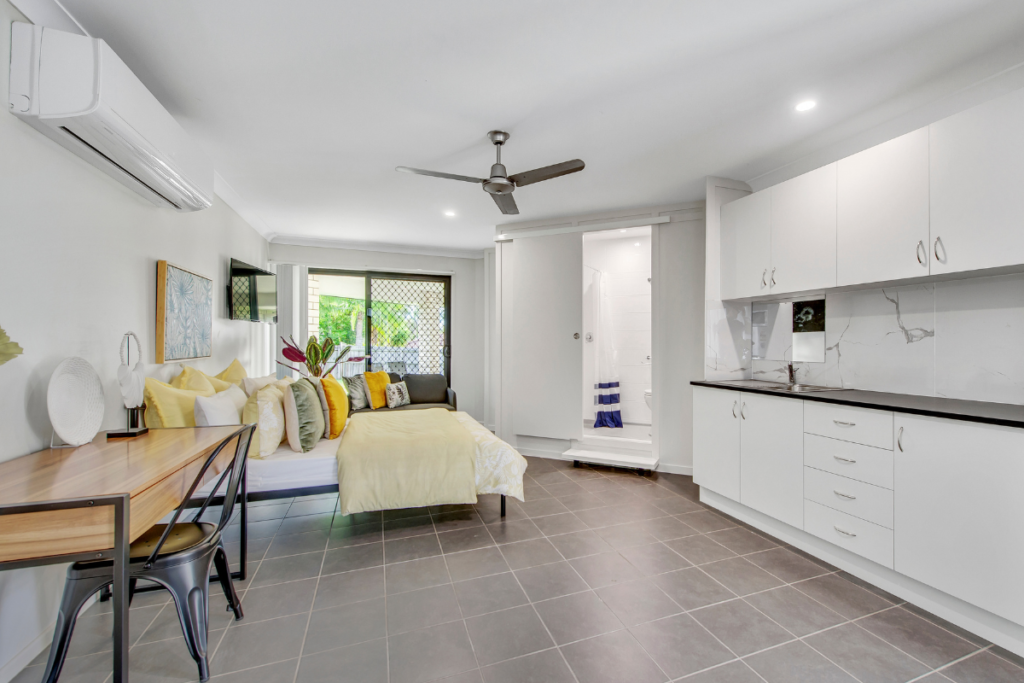
Reason #3: We’re not your standard buyer’s agent
In my experience, most buyer’s agents buy properties for their clients at any cost so they get paid. There’s no accountability. At INVIDA, we buy properties and organise purpose builds specifically designed for cash flow. If I was to organise a property for someone that wasn’t cashflow positive, then I wouldn’t be fulfilling the needs of my client. And I’m only as good as the last property I brought to my last client.
Want to invest in co-living? LEARN MORE in my upcoming free webinar: Co-living: The Smart Property Investor Strategy HERE
